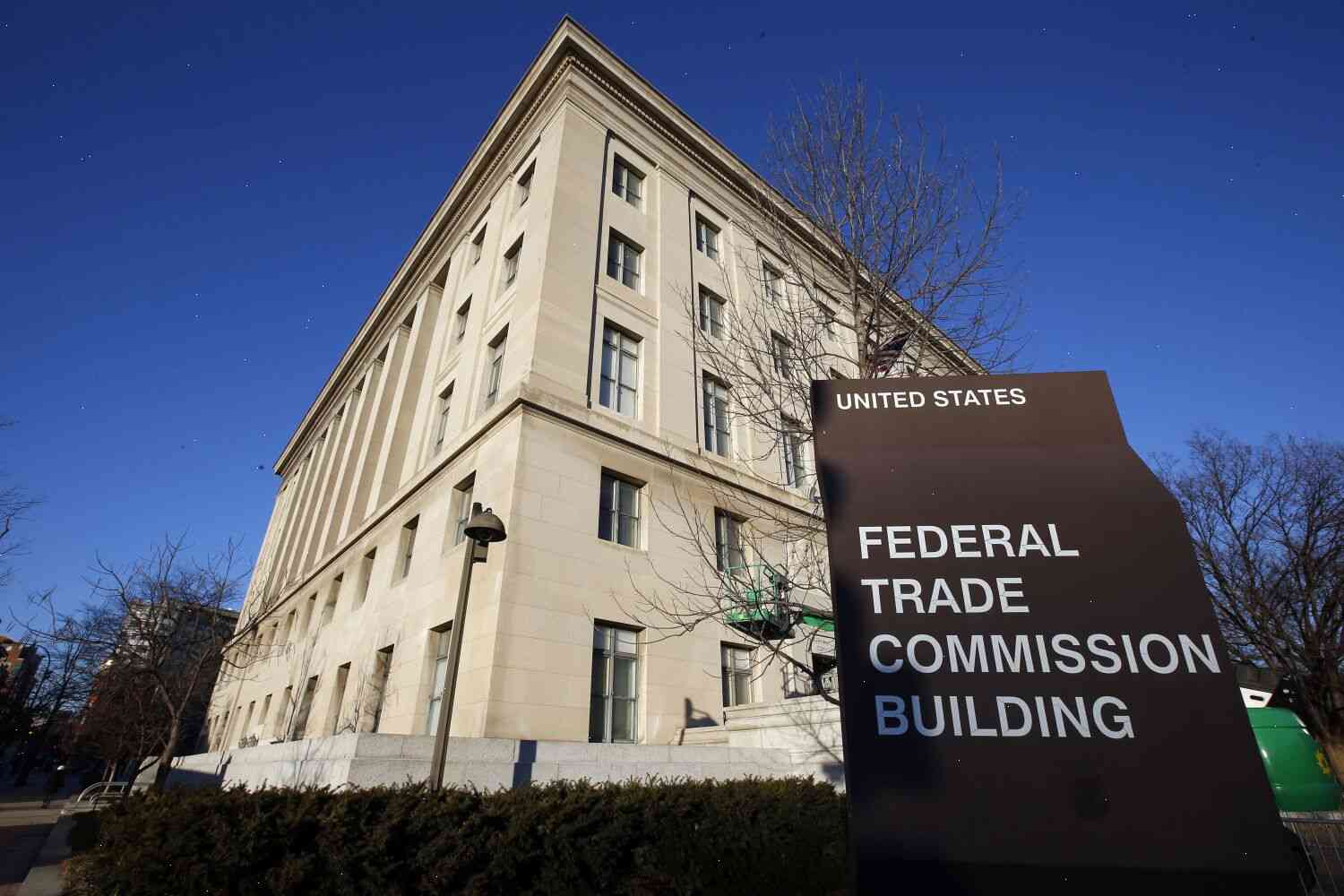Op-Ed: Misleading political TV ads are filling up California’s ‘news deserts’
What happens when you give $10 million to people who are willing to spend all day on TV and radio ads? If your goal is to bring more eyeballs to your message, you’d better get creative.
The money might just get you a Pulitzer prize-winning ad, but it’s also a serious drain on your campaign’s staff time and money.
If you’re running a campaign in California, the result can be an expensive and confusing battle as you try to compete with hundreds of candidates, many of them from neighboring states.
Take, for example, the gubernatorial race in Los Angeles. The last two Democratic nominees, former state Sen. Kathleen Brown and former state Assembly Speaker Anthony Rendon, have been running ads claiming that former Mayor Eric Garcetti will cut into their votes and that they’d rather have his opponent, state Sen. Kevin de Leon. But both campaigns have essentially been saying the same thing by repeating the same arguments over and over again, in different ways, so people are confused.
Garcetti’s campaign has run the “de Leon ads” in recent weeks, and Brown’s is running the same ads that Garcetti’s campaign has been running for months, and in different ways, that are creating confusion for voters.
The situation in Los Angeles has become familiar in other, similar races, leaving candidates trying to compete with hundreds of other candidates in what has to be the most confusing and expensive midterm campaign fight in state history.
“It is pretty much the worst I have ever seen in terms of a campaign field,” said Bob Mulroney, a veteran political strategist for former Republican Gov. Pete Wilson and former Democratic gubernatorial candidate Christine Kehoe.
The situation is an example of what political consultants call a “news desert.”
In layman terms, a news desert is where there’s not a sufficient number of news outlets to capture the information people need to make informed decisions, making it difficult for voters to make informed decisions.
In the case of California, the news deserts are located in parts of rural and suburban communities in the northern and central parts of the state, far from TV and radio markets

